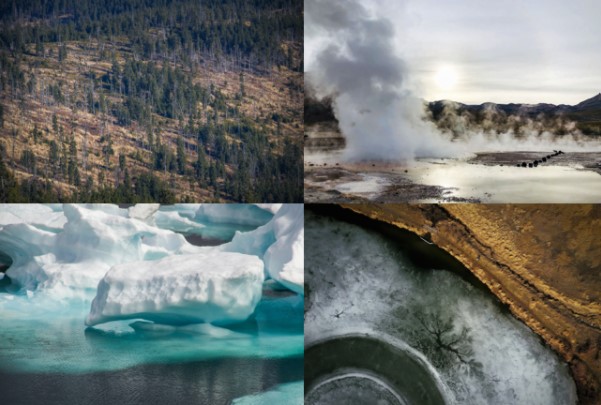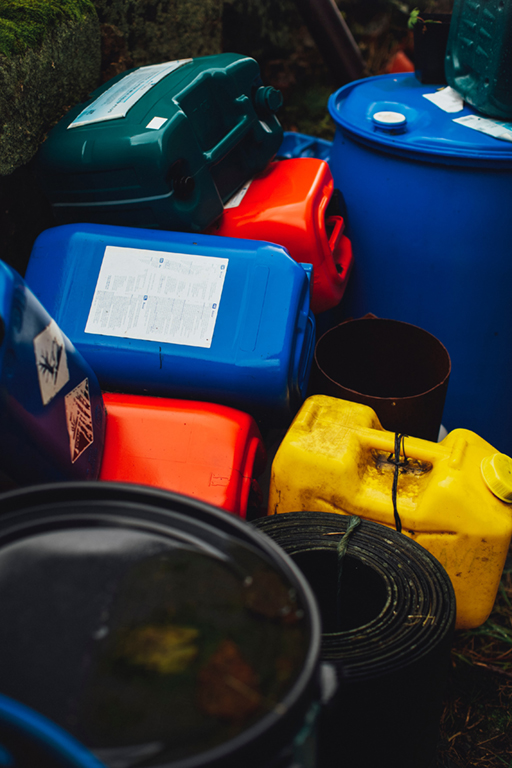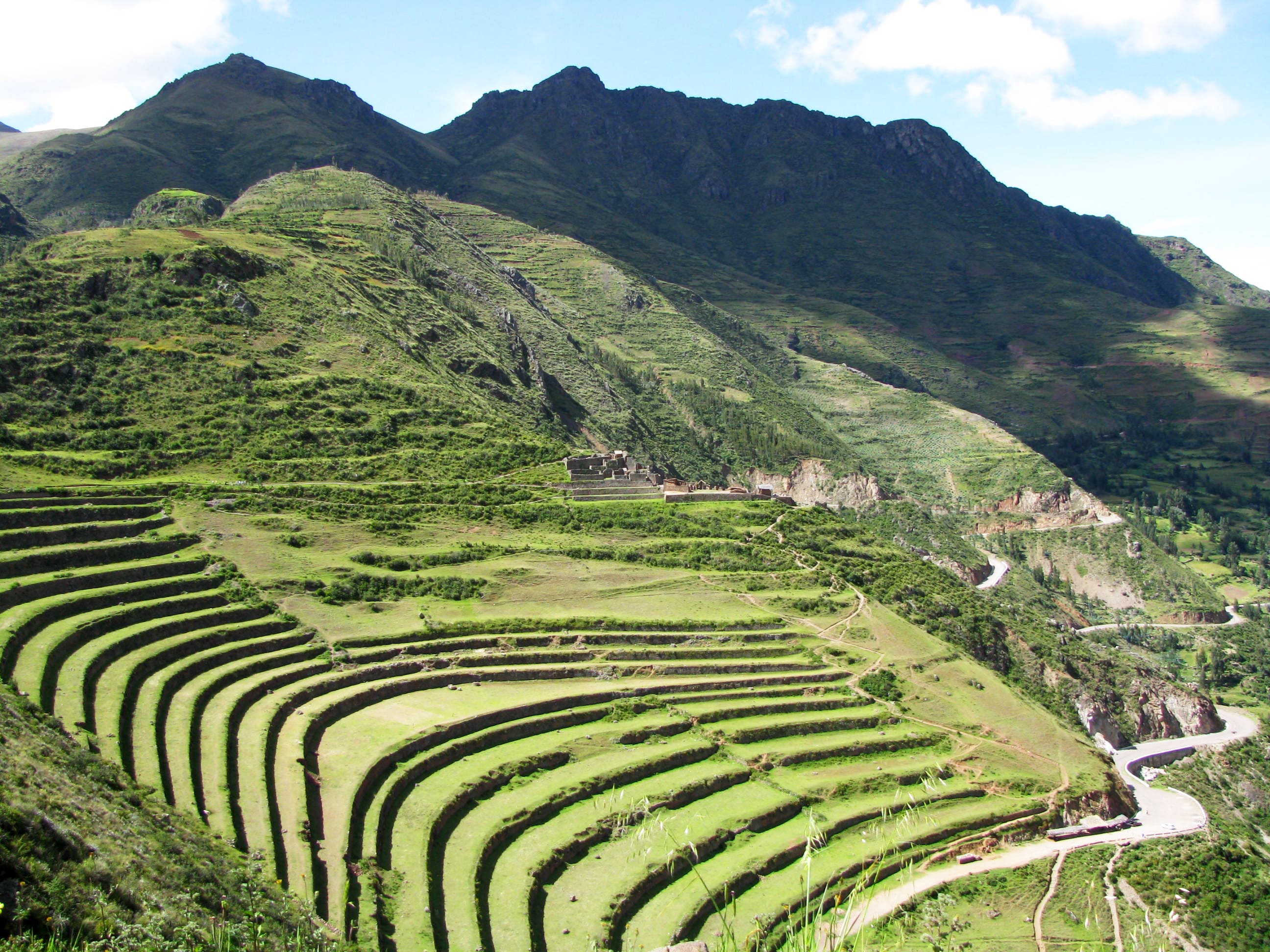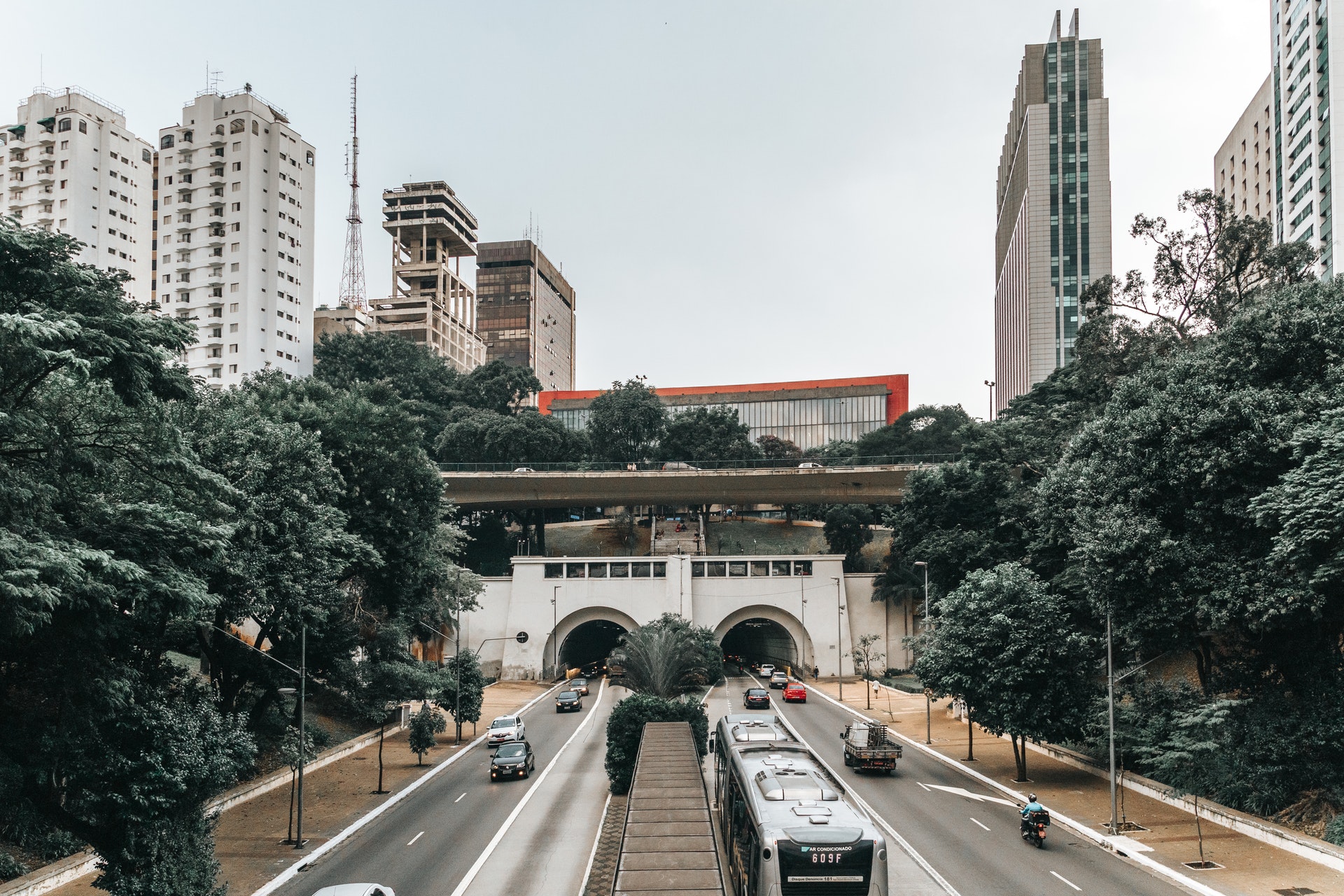News & Blog
Category
Climate Change
CLIMATE FEEDBACK LOOPS AND STUBBORN OPTIMISM
By Anika Ruess, Vice-President of gaia-liNc
February 08th, 2021
To limit global mean warming to a safe level and keep it well below 2.0°C, 195 countries have signed the UNFCCC Paris Agreement to date. However, current global emissions have not started to decline yet and fossil fuel emissions from human activity are driving up Earth’s temperature — yet something else is at work.
We’re changing Earth’s climate. What happens next? On the 10th of January 2021, several leading climate scientists met and discussed the urgency of educating society about climate feedback loops to better understand the dangers these loops pose (1). In a nutshell, the current warming has set in motion nature’s own feedback loops which are raising temperatures even higher.
In the following, let me briefly present the most important climate feedback loops which amplify the effects of climate change:
Sea Ice/Ocean Surface Albedo Feedback. Because ice is bright and reflective, a large proportion of the incident sunlight is bounced back to space, known as the albedo effect. However, as more ice and snow melt in the Arctic, darker-coloured land or water are revealed. Therefore, more of the sun’s energy is absorbed, resulting in more ocean warming, which contributes to further sea ice melting (2) – amplifying the loop. The volume of Arctic ice has already shrunk 75% in the past 40 years.
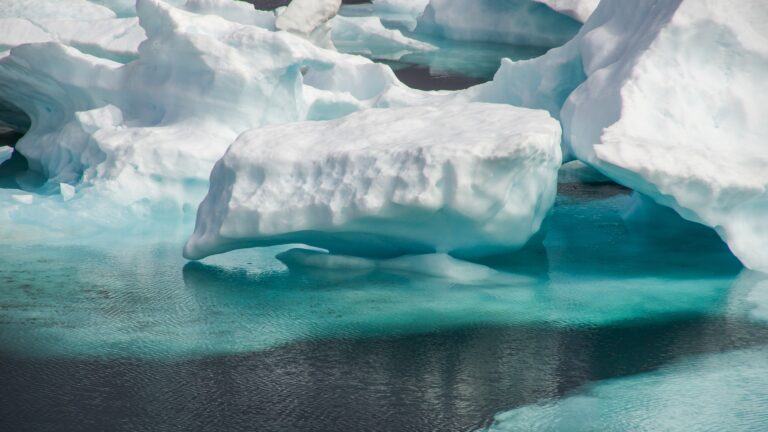
Water Vapor Feedback. Perhaps the feedback loop that you can best notice for yourself. As the temperature rises due to human-induced greenhouse gas emissions, the atmosphere can absorb more water vapor; that is, warmer air holds more moisture. The water vapor is a feedback agent, which traps heat and thus multiplies the greenhouse effect, which further warms the planet – amplifying the loop. Additionally, as the ocean warms increased evaporation is caused, which creates even more water vapor – amplifying the loop. The Intergovernmental Panel on Climate Change (IPCC) states that water vapor may “double the increase in the greenhouse effect due to the added CO2 alone.”
Permafrost Thawing Feedback. Without being able to perceive it directly, the frozen ground that covers a quarter of the Northern Hemisphere is thawing. As the ground warms, microbes are waking up and feeding on the frozen carbon stored in plant and animal remains, releasing carbon dioxide (CO2) and methane (CH4) as a byproduct. These heat-trapping gases further warm the atmosphere, thawing more permafrost – amplifying the loop. Since permafrost contains twice as much carbon as the atmosphere, its thaw could release 150 billion tons of carbon by the end of the century.

Tree Dieback Feedback. Current tree dieback from drought, heat, and fire, threaten to turn forests from net carbon absorbers to net carbon emitters. This puts more CO2 into the atmosphere, which in turn warms the earth and leads to more drought, heat, and fire – amplifying the loop. The world’s forests are responsible for removing a quarter of all human carbon emissions from the atmosphere and are essential for cooling the planet.
Feedback loops like these are complex in themselves and become more complex when considered as part of an integrated global climate system. If we are unable to limit these feedback loops and bring their effects under control, ‘tipping cascades’ have to be taken into consideration: a critical threshold at which a tiny perturbation can qualitatively alter the state or development of a system, i.e. little things can make a big difference (3).
In the long term, human societies and our activities must be redesigned as an integral, interacting part of a complex, adaptive Earth system. This has to happen at the very beginning when future generations learn from us how to live on the planet. We cannot rely only on future carbon capture and storage (CCS) technologies to save the planet, as it is simply not possible to capture and store all the CO2 that humans blow into the air (4). We need to adapt our lifestyles. Obviously, that takes time and effort. And that takes “stubborn optimism”(5).
In the short term, a much faster solution is the direct implementation of climate policy with high incentives for businesses to reduce emissions and re-green the planet. It is easy to feel lost in this large society and that one’s actions cannot contribute to a larger change. In my opinion, the last few years have shown what can be achieved starting with a single person, moving to a group of people, and finally becoming even more people, spreading throughout the world: Pressure on companies and politicians to react quickly and enhance policies. Because we now know — little things can make a big difference.
The urgent question is: Are we staying on the trajectory to a point of no return leading to an uninhabitable Earth? Or do we have the vision and the will to slow, halt and reverse this development?
Let us therefore never stop demanding from the global economy and political framework: Cut emissions!
Interested in more? Watch the five short films: https://feedbackloopsclimate.com/
In case you have any questions or comments, I am happy to receive an email:
References
(1) https://feedbackloopsclimate.com/events/ (last accessed 28.1.21)
(2) IPCC (2013): Information from Paleoclimate Archives, Chapter 5, FAQ 5.1.
(3) Steffen et al., (2018): Trajectories of the Earth System in the Anthropocene. 8252–8259. PNAS. vol. 115 no. 33. www.pnas.org/cgi/doi/10.1073/pnas.1810141115.
(4) Seneviratne et al., (2018): The many possible climates from the Paris Agreement’s aim of 1.5 °C warming. Nature Vol. 558. S.41-49. https://doi.org/10.1038/s41586-018-0181-4.
(5) https://www.oxfordmartin.ox.ac.uk/news/christiana-figueres-stubborn-optimism-291018 (last accessed 28.1.21)
